
Lyme disease, caused by the bacterium Borrelia burgdorferi and transmitted through tick bites, presents a complex challenge, often leading to a wide range of debilitating symptoms if left untreated. From a characteristic rash to neurological issues, joint pain, and profound fatigue, its impact can be widespread and chronic. While early diagnosis and antibiotic treatment are crucial, many individuals suffer from persistent symptoms, often referred to as Post-Treatment Lyme Disease Syndrome (PTLDS) or Chronic Lyme Disease.
For those seeking comprehensive and innovative approaches to Lyme treatment, certain centers around the world offer specialized programs that go beyond conventional antibiotic protocols. These clinics, often located in medical tourism hubs like Mexico and Malaysia, combine established medical practices with integrative therapies, regenerative medicine, and personalized care plans. This guide explores the diverse treatment options available globally and highlights some of the leading centers dedicated to helping patients reclaim their health from Lyme disease.
Key Takeaways
- Lyme disease is a complex bacterial infection often requiring a multi-faceted treatment approach, especially in chronic cases.
- Specialized centers worldwide offer integrative Lyme disease treatments, combining conventional antibiotics with alternative therapies like IV nutrient therapy, ozone therapy, and stem cell therapy.
- Stem cell therapy is an emerging, largely experimental treatment for Lyme disease that aims to repair tissue damage, reduce inflammation, and modulate the immune system, particularly beneficial for chronic symptoms.
- Patients seeking comprehensive Lyme treatment can find significant cost savings (often 30-70%) by choosing accredited clinics in medical tourism destinations like Mexico.
- Treatment costs in Mexico can range from a few thousand dollars for specific therapies to over $50,000 for comprehensive, long-term programs..
Leading Lyme Treatment Centers in the World
These centers are recognized for their comprehensive and integrative approaches to Lyme disease, offering a range of advanced diagnostics and therapies tailored to individual patient needs.
1. Alternative Cancer Treatment by ITC - Immunity Therapy Center
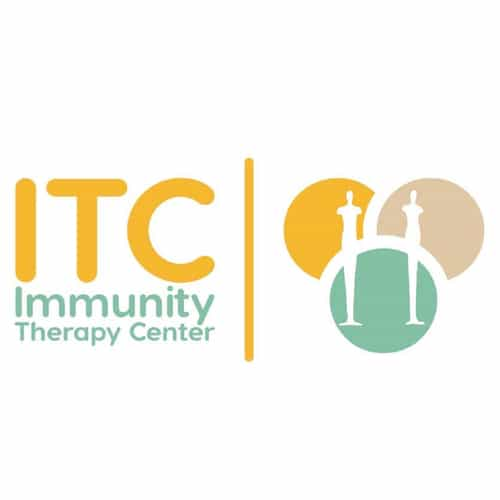
Location: Tijuana, Mexico
While primarily known for cancer treatment, Immunity Therapy Center (ITC) in Tijuana, Mexico, is recognized for its broad application of integrative therapies that often benefit patients with complex chronic illnesses, including Lyme disease. Their approach focuses on strengthening the immune system and detoxifying the body, which are critical components in addressing persistent Lyme infections. ITC offers a blend of conventional and alternative treatments, including various IV therapies, ozone therapy, and other supportive modalities designed to enhance the body's natural healing capabilities and reduce inflammation. Their patient-centric care and state-of-the-art facilities make them a destination for those seeking a holistic approach to chronic conditions.
2. VISANI® Stem Cells

Location: Puebla, Mexico
VISANI® is a high-specialty center in Puebla, Mexico, dedicated to stem cell and exosome treatments, regenerative medicine, and longevity solutions. For Lyme disease patients, VISANI® offers advanced stem cell therapies aimed at mitigating the chronic inflammatory and degenerative effects of the infection. By utilizing various types of stem cells, including mesenchymal stem cells, they strive to promote tissue repair, modulate the immune response, and alleviate persistent symptoms like joint pain, neurological dysfunction, and fatigue. Their focus on regenerative solutions makes them a key option for those exploring cutting-edge, non-pharmacological interventions for Lyme disease.
3. Vital Stem Cells - by ITC
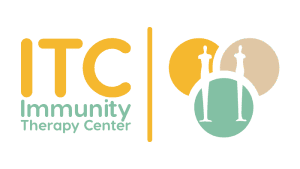
Location: Tijuana, Mexico
Vital Stem Cells, also located in Tijuana, Mexico, operates under the umbrella of Immunity Therapy Center and is at the forefront of medical innovation in stem cell therapies. This center focuses exclusively on leveraging the power of cutting-edge stem cell treatments to transform lives, including those affected by chronic Lyme disease. They provide highly specialized protocols designed to reduce inflammation, promote cellular regeneration, and support the body's intrinsic healing processes. Patients seeking advanced regenerative solutions for the lingering effects of Lyme disease will find Vital Stem Cells to be a comprehensive and forward-thinking treatment facility.
4. FirstCell Malaysia

Location: Kuala Lumpur, Malaysia
FirstCell Malaysia, located in Kuala Lumpur, specializes in cell-based medicine and treatments, particularly via Mesenchymal Stem Cells (MSCs) and Natural Killer Cells (NKC). Their approach is focused on enhancing overall wellness and delivering targeted treatment modules for various conditions, which can include supporting the immune system and addressing inflammation in chronic Lyme disease. FirstCell is committed to providing excellent and innovative cell-based therapies, making them a significant player in the field of regenerative medicine in Asia for patients exploring advanced biological treatments.
Cost of Lyme Disease Treatment: A Global Perspective
The cost of Lyme disease treatment varies significantly depending on the clinic, the severity of the illness, and the specific therapies included, with medical tourism destinations often offering substantial savings.
Lyme disease treatment, especially for chronic cases, can be a significant financial burden. While initial antibiotic courses are relatively inexpensive, comprehensive integrative programs can be costly. Here's a general overview of estimated costs:
| Treatment Type / Procedure | Approximate Cost in the USA (USD) | Approximate Cost in Mexico (USD) | Approximate Cost in Other Medical Tourism Destinations (e.g., Malaysia) (USD) |
|---|---|---|---|
| Initial Consultation (Specialist) | $300 - $700 | $150 - $400 | $100 - $300 |
| Intravenous (IV) Antibiotic Therapy (per session) | $500 - $1,500 | $150 - $400 | $200 - $600 |
| Comprehensive IV Nutrient Therapy (per session) | $200 - $600 | $150 - $500 | $100 - $400 |
| Ozone Therapy (per session) | $300 - $800 | $200 - $500 | $150 - $450 |
| Hyperbaric Oxygen Therapy (HBOT) (per session) | $150 - $400 | $150 - $400 | $100 - $350 |
| Stem Cell Therapy (per treatment / package) | $10,000 - $30,000+ (often experimental) | $5,000 - $30,000+ | $8,000 - $25,000+ |
| Full Integrative Treatment Program (Weeks to Months) | $30,000 - $100,000+ | $10,000 - $50,000+ | $15,000 - $40,000+ |
Disclaimer: These prices are estimates and can vary significantly based on the clinic's reputation, the exact therapies included, the duration of treatment, and individual patient needs. Many international clinics offer all-inclusive packages that can provide better value.
Expert Insights: "For chronic Lyme disease, effective treatment often requires a personalized, multi-pronged strategy that addresses not just the persistent bacteria, but also immune dysregulation, inflammation, and detoxification pathways. While traditional medicine primarily relies on antibiotics, many patients find significant relief and recovery through integrative approaches that combine conventional treatments with complementary therapies. When choosing a center, look for transparency in their treatment philosophy, a strong emphasis on diagnostics, and a commitment to individualized care." - PlacidWay Medical Tourism Expert.
Understanding Lyme Disease: Symptoms and Stages
Lyme disease is a bacterial infection transmitted by infected blacklegged ticks, presenting with varied symptoms depending on the stage of infection, from early localized signs to disseminated and chronic manifestations.
Lyme disease symptoms can vary widely, making diagnosis challenging. It typically progresses in stages:
Early Localized Stage (Days to Weeks)
- Erythema Migrans (EM) Rash: The classic "bull's-eye" rash, appearing at the site of the tick bite, often expanding over several days. Not all patients develop this rash.
- Flu-like Symptoms: Fever, chills, headache, fatigue, muscle and joint aches, and swollen lymph nodes.
Early Disseminated Stage (Weeks to Months)
If untreated, the bacteria can spread, leading to more widespread symptoms:
- Multiple EM Rashes: Additional rashes appearing on other parts of the body.
- Neurological Complications (Neuroborreliosis): Severe headaches, neck stiffness (meningitis), facial palsy (Bell's palsy), nerve pain, numbness, or tingling in extremities.
- Cardiac Complications (Lyme carditis): Heart palpitations, dizziness, shortness of breath, or an irregular heartbeat.
- Joint Pain: Episodes of severe joint pain and swelling, particularly in large joints like the knees.
Late Stage / Chronic Lyme Disease (Months to Years)
Without adequate treatment, chronic symptoms can develop, sometimes referred to as Post-Treatment Lyme Disease Syndrome (PTLDS). These can be severely debilitating:
- Persistent Arthritis: Chronic joint pain and swelling, often affecting large joints.
- Neurological Issues: Chronic nerve pain, numbness, tingling, cognitive difficulties (brain fog, memory problems), sleep disturbances, and mood changes.
- Fatigue: Profound and persistent fatigue that significantly impacts daily life.
- Musculoskeletal Pain: Widespread body pain, often migrating from one area to another.
Diagnostic Challenges and Advanced Testing
Diagnosing Lyme disease, especially in its later stages, can be challenging due to non-specific symptoms and limitations of standard lab tests, often requiring a comprehensive clinical evaluation.
Standard Lyme disease tests detect antibodies produced by the body in response to the infection (ELISA and Western blot). However, these tests can be negative in early infection (before antibodies develop) or remain positive long after the bacteria are cleared, making interpretation difficult, particularly for chronic symptoms. Many specialized Lyme clinics utilize additional, often more sensitive, Lyme disease diagnostic tests to identify active infection or persistent immune responses, including advanced PCR tests, culture methods, and tests for co-infections. These clinics often perform a thorough clinical assessment, considering a patient's entire symptom picture and history of exposure, which is crucial for accurate diagnosis and personalized treatment planning.
Innovative and Integrative Lyme Treatment Approaches
Beyond conventional antibiotics, specialized Lyme centers employ a variety of integrative and alternative therapies aimed at addressing persistent infection, immune dysfunction, inflammation, and detoxification.
While a short course of oral antibiotics (like doxycycline or amoxicillin) is the standard treatment for early Lyme disease, many patients with chronic symptoms do not fully recover. This has led to the development of more comprehensive, integrative treatment protocols that often combine:
- Extended Antibiotic Protocols: In some cases, prolonged or combination antibiotic regimens, including intravenous (IV) antibiotics, are used to target persistent bacteria, particularly in neuroborreliosis or severe chronic cases.
- Ozone Therapy: Involves administering ozone gas to enhance oxygenation, modulate the immune system, and directly combat infections. It can be administered intravenously (IV ozone), rectally, or through other methods.
- IV Nutrient Therapy: High-dose intravenous infusions of vitamins (like Vitamin C), minerals, and amino acids to support immune function, reduce inflammation, and address nutritional deficiencies common in chronic illness.
- Hyperbaric Oxygen Therapy (HBOT): Breathing pure oxygen in a pressurized chamber to increase oxygen delivery to tissues, which can have antimicrobial effects and promote healing.
- Detoxification Protocols: Strategies to help the body eliminate toxins produced by the bacteria or from treatments, including specific supplements, binders, and therapies like saunas or colon hydrotherapy.
- Herbal Antimicrobials: Certain herbs, such as Japanese Knotweed, Cat's Claw, and Sweet Wormwood, are used for their natural antimicrobial and anti-inflammatory properties.
- Immune Modulation: Therapies aimed at balancing and strengthening the immune system, which can be dysregulated in chronic Lyme disease.
- Stem Cell Therapy: An advanced, yet largely experimental, regenerative treatment discussed in detail below.
Stem Cell Therapy for Lyme Disease: A Regenerative Approach
Stem cell therapy for Lyme disease is an emerging, non-surgical treatment that focuses on stimulating the body's natural healing mechanisms to repair damaged tissues, reduce inflammation, and modulate the immune system.
For patients with persistent Lyme symptoms, particularly those involving severe fatigue, joint pain, neurological damage, or chronic inflammation, stem cell therapy offers a potential pathway for recovery. While not a direct antimicrobial treatment, it addresses the downstream effects of chronic infection. The process typically involves:
- Harvesting Stem Cells: Often, Mesenchymal Stem Cells (MSCs) are harvested from the patient's own bone marrow (BMAC) or adipose (fat) tissue (autologous stem cells). Umbilical cord-derived stem cells (allogeneic) may also be used.
- Processing and Concentration: The harvested cells are processed in a lab to concentrate the therapeutic stem cells.
- Injection: The concentrated stem cells are then injected intravenously or directly into affected areas, such as damaged joints or near spinal nerves.
The proposed benefits of stem cell therapy for Lyme disease include:
- Anti-inflammatory Effects: MSCs have potent anti-inflammatory properties, which can significantly reduce systemic inflammation and pain.
- Immunomodulation: They can help regulate an overactive or dysfunctional immune system, which is often a factor in chronic Lyme symptoms.
- Tissue Regeneration and Repair: Stem cells can promote the repair and regeneration of tissues damaged by chronic infection, such as cartilage in joints or nerve cells.
- Pain Reduction: By addressing inflammation and promoting healing, stem cells can alleviate chronic pain.
- Improved Quality of Life: Patients often report improvements in energy levels, cognitive function, and overall well-being.
It's important to note that while promising, stem cell therapy for Lyme disease is still largely considered experimental by mainstream medical organizations and is typically offered at specialized, private clinics. It often complements other Lyme disease treatments rather than replacing them.
Did You Know? A new antibiotic, Piperacillin, is showing promise in preclinical studies for Lyme disease, demonstrating effectiveness at significantly lower doses than traditional antibiotics and with less impact on the gut microbiome. This could revolutionize future Lyme treatments
Choosing the Right Lyme Treatment Center
Selecting the best Lyme treatment center requires careful consideration of the clinic's expertise, treatment philosophy, diagnostic capabilities, and patient support services.
Given the complexity of Lyme disease, especially in its chronic forms, choosing the right treatment center is paramount. Here are key factors to consider:
- Treatment Philosophy: Does the clinic focus solely on antibiotics, or do they offer an integrative approach that includes therapies for immune support, detoxification, and cellular repair?
- Specialization in Chronic Lyme: Does the center have a proven track record and expertise in treating complex, persistent Lyme disease cases, rather than just acute infections?
- Diagnostic Capabilities: Do they use advanced, comprehensive testing methods for Lyme and co-infections, beyond standard antibody tests?
- Personalized Treatment Plans: Is the treatment tailored to your individual symptoms, co-infections, and unique physiological needs, or is it a one-size-fits-all approach?
- Team Expertise: Evaluate the qualifications and experience of the doctors and support staff, including their knowledge of integrative medicine.
- Patient Testimonials and Outcomes: Look for reviews and success stories from previous patients, especially those with similar conditions.
- Facility Accreditation and Standards: While many integrative clinics are private, verify any applicable international accreditations (e.g., JCI) or local regulatory oversight.
- Cost Transparency and Inclusions: Get a clear, detailed quote of all costs, including consultations, diagnostics, treatments, medications, and any included amenities (accommodation, transfers).
- Post-Treatment Support: Inquire about follow-up care, ongoing recommendations, and any available remote consultation options.
Frequently Asked Questions (FAQs)
1. What is Post-Treatment Lyme Disease Syndrome (PTLDS)?
PTLDS refers to persistent symptoms such as severe fatigue, muscle and joint pain, and cognitive difficulties that last for more than 6 months after standard antibiotic treatment for Lyme disease. The exact cause is not fully understood, but it is believed to involve residual inflammation or immune dysfunction.
2. Are alternative Lyme treatments scientifically proven?
While standard antibiotic treatments for acute Lyme disease are well-established, many alternative and integrative therapies for chronic Lyme are still considered experimental or lack large-scale clinical trials. However, many patients report significant improvement with these approaches, which often focus on supporting the body's natural healing mechanisms.
3. Is stem cell therapy a cure for Lyme disease?
No, stem cell therapy is not considered a direct cure for Lyme disease as it does not directly kill the Borrelia bacteria. Instead, it aims to reduce inflammation, promote tissue repair, and modulate the immune system, thereby alleviating symptoms and improving overall health in chronic Lyme patients.
4. How long does Lyme disease treatment typically last in these specialized centers?
Treatment duration varies widely depending on the severity and chronicity of the disease, as well as the specific protocols used. Intensive programs can last from a few weeks to several months, often followed by ongoing supportive care.
5. Why are so many Lyme treatment centers located in Mexico?
Mexico has become a hub for integrative and alternative medicine due to less restrictive regulations compared to some Western countries, combined with lower operational costs. This allows clinics to offer a wider range of therapies and more affordable treatment options, attracting patients seeking unconventional or comprehensive care.
6. What are the common co-infections associated with Lyme disease?
Common co-infections transmitted by ticks alongside Borrelia include Babesiosis, Anaplasmosis, Ehrlichiosis, Bartonellosis, and Rocky Mountain Spotted Fever. These co-infections can complicate symptoms and treatment, often requiring specific therapies.
7. Do these clinics offer remote consultations or follow-up?
Many specialized Lyme treatment centers offer initial remote consultations to assess patient suitability and discuss treatment plans. Some may also provide remote follow-up or guidance for continuing care after on-site treatment, though this varies by clinic.
Reclaim Your Health: Explore World-Class Lyme Treatment Options.
Living with chronic Lyme disease can be challenging, but hope and healing are within reach. PlacidWay connects you with leading Lyme treatment centers worldwide that specialize in comprehensive, personalized, and integrative care.
- Access Top Global Expertise: Partner with renowned clinics and specialists offering advanced diagnostics and innovative therapies.
- Receive Transparent Quotes: Compare all-inclusive packages for various treatments, including stem cell therapy, IVs, and detoxification.
- Benefit from Dedicated Support: Our team guides you through every step, from selecting the right center to managing travel logistics.
Don't let Lyme disease define your life. Contact PlacidWay today for a FREE consultation and discover your path to recovery.





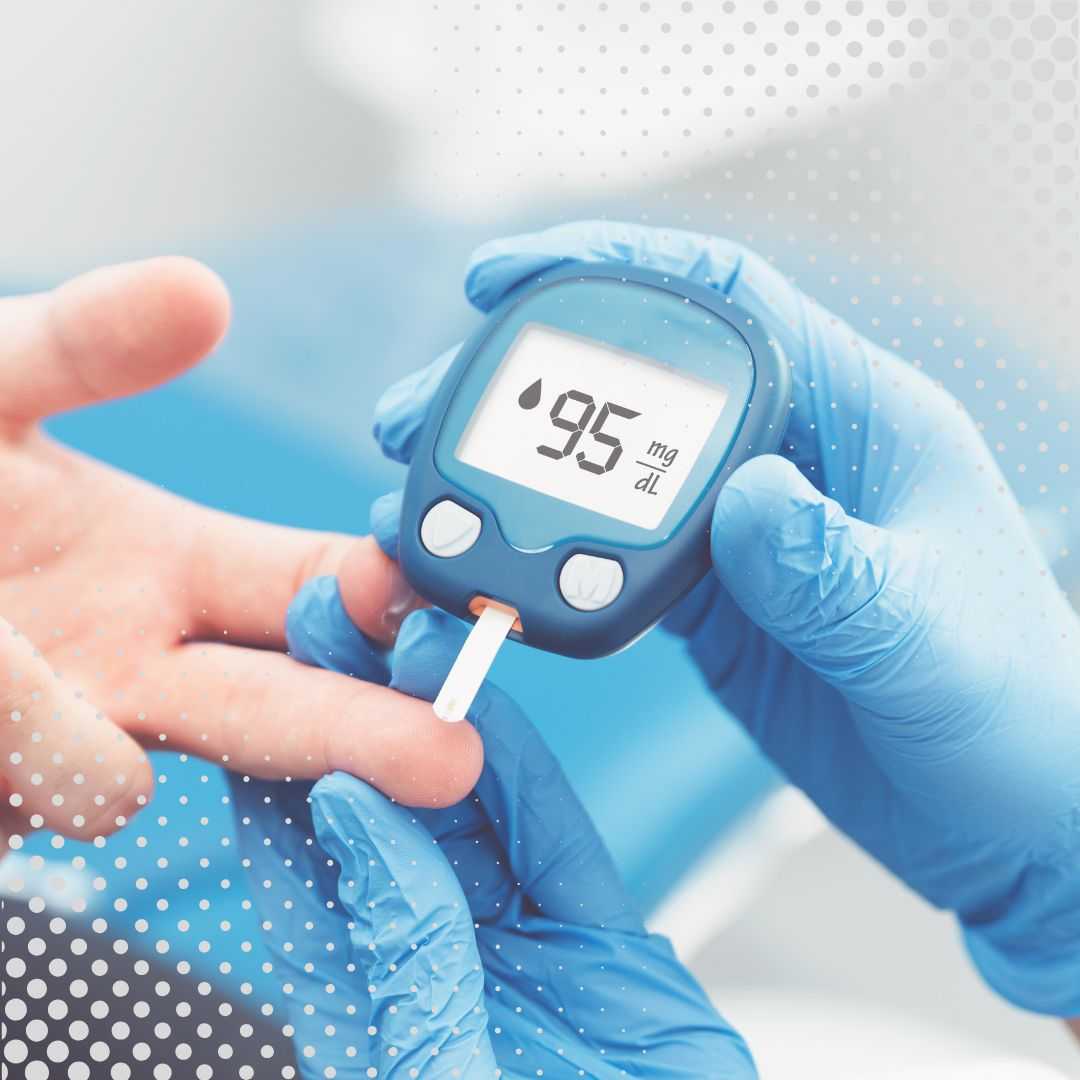

.png)
.jpg)
.png)

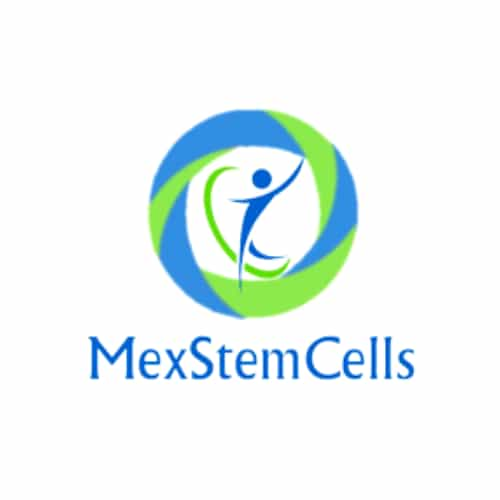
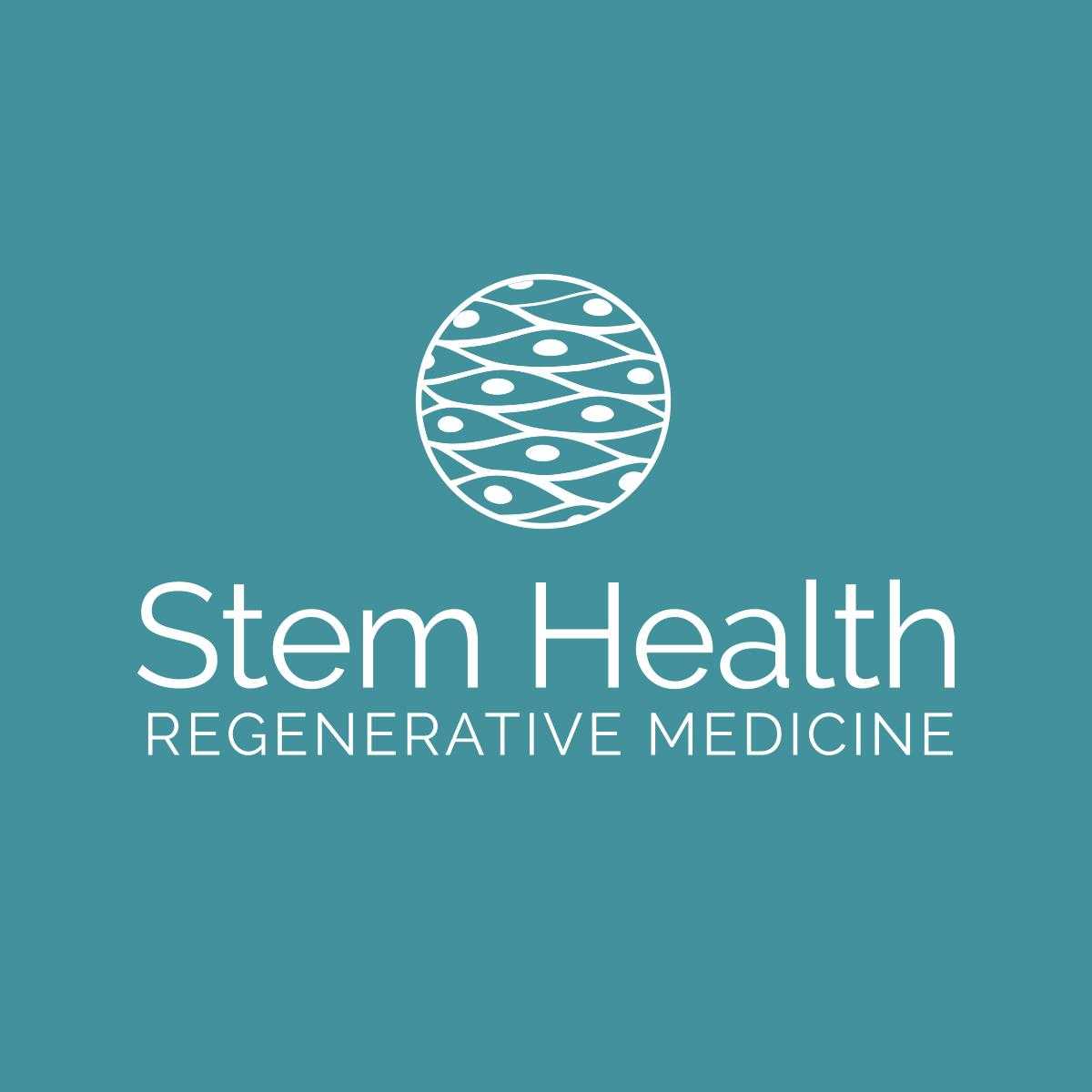

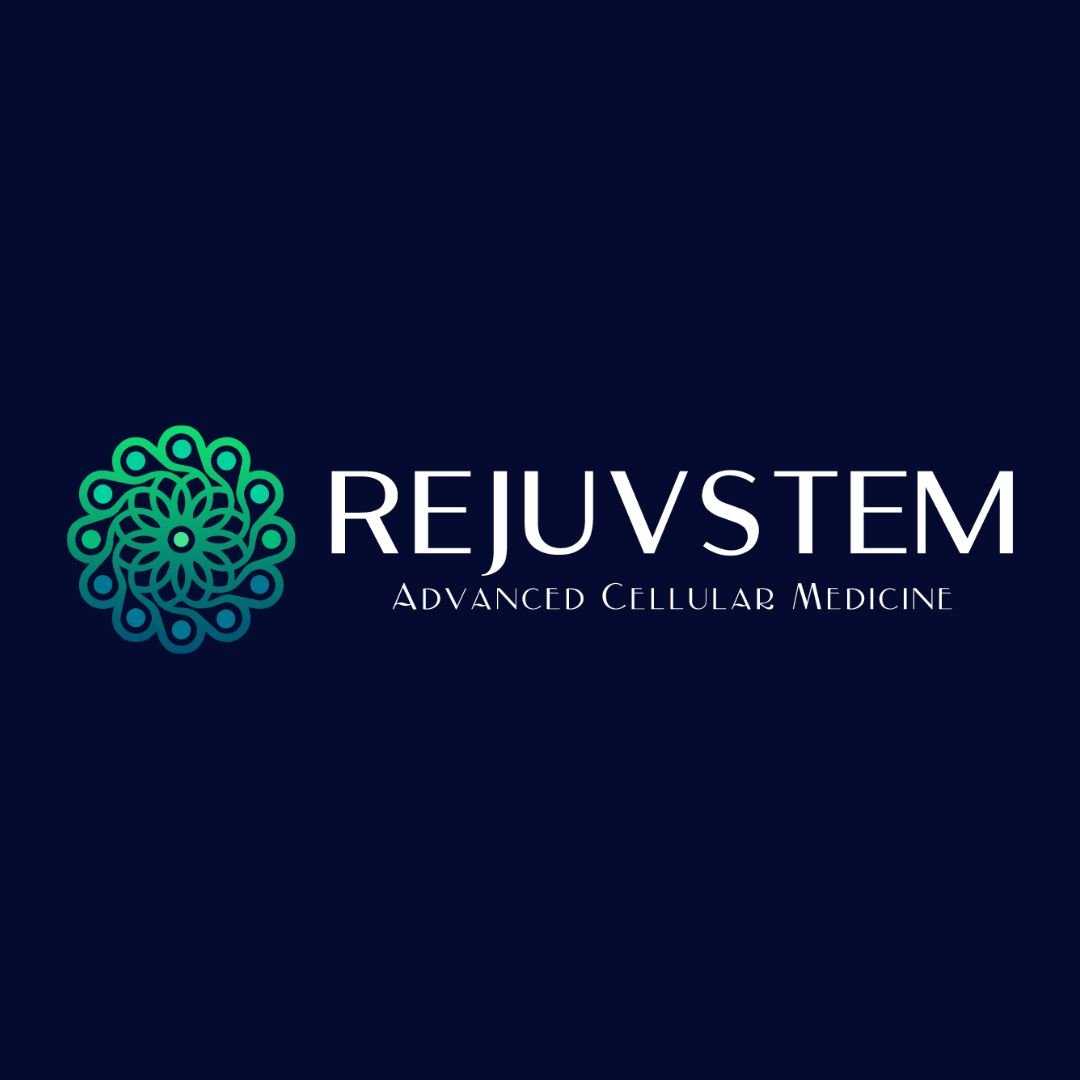


Share this listing